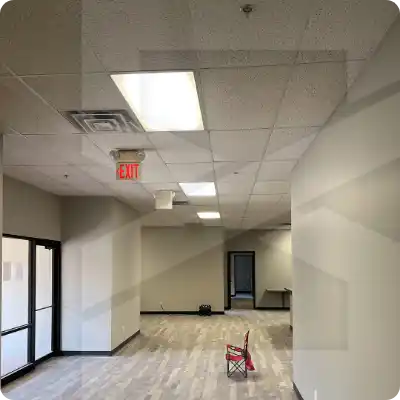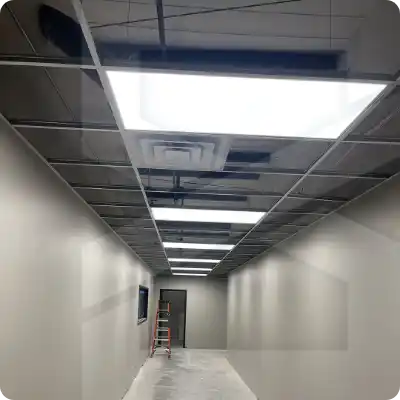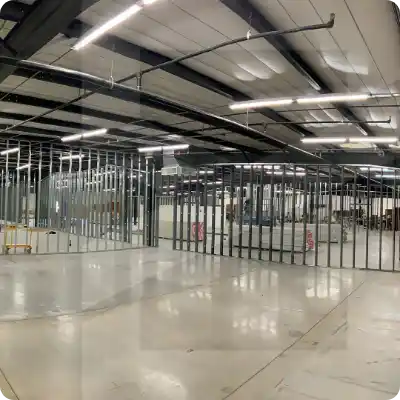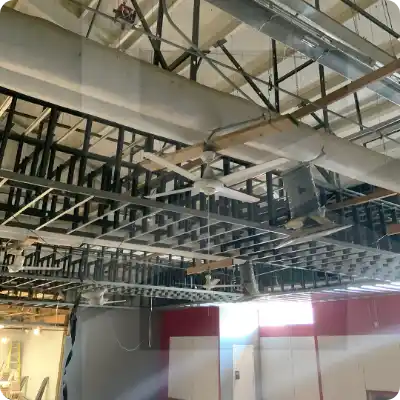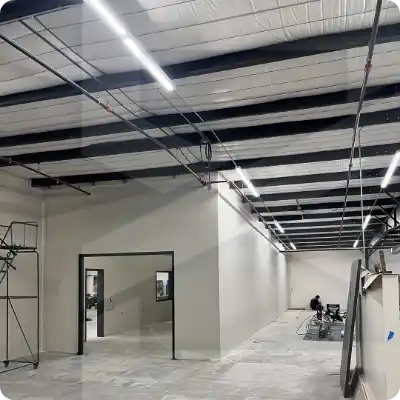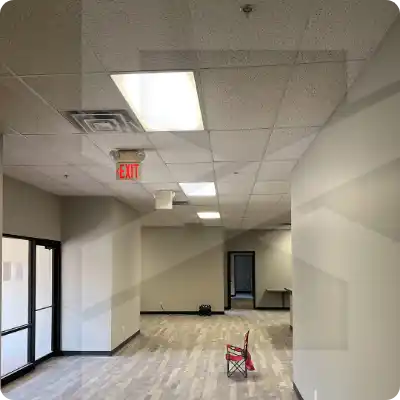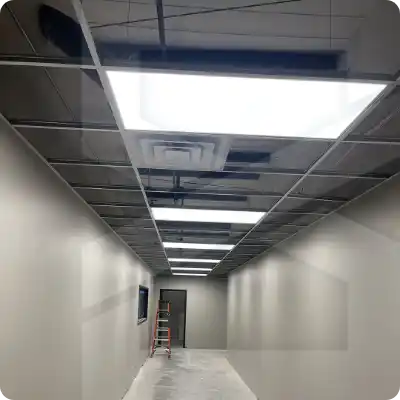A ceiling grid service provides the design, installation, and repair of ceiling grid systems, often used in commercial, industrial, and some residential spaces. Ceiling grids, or “suspended” or “drop” ceilings, consist of a metal grid that supports ceiling tiles. These systems are popular because they allow for easy access to wiring, ductwork, and piping above, while creating a clean, finished look. Key components:





